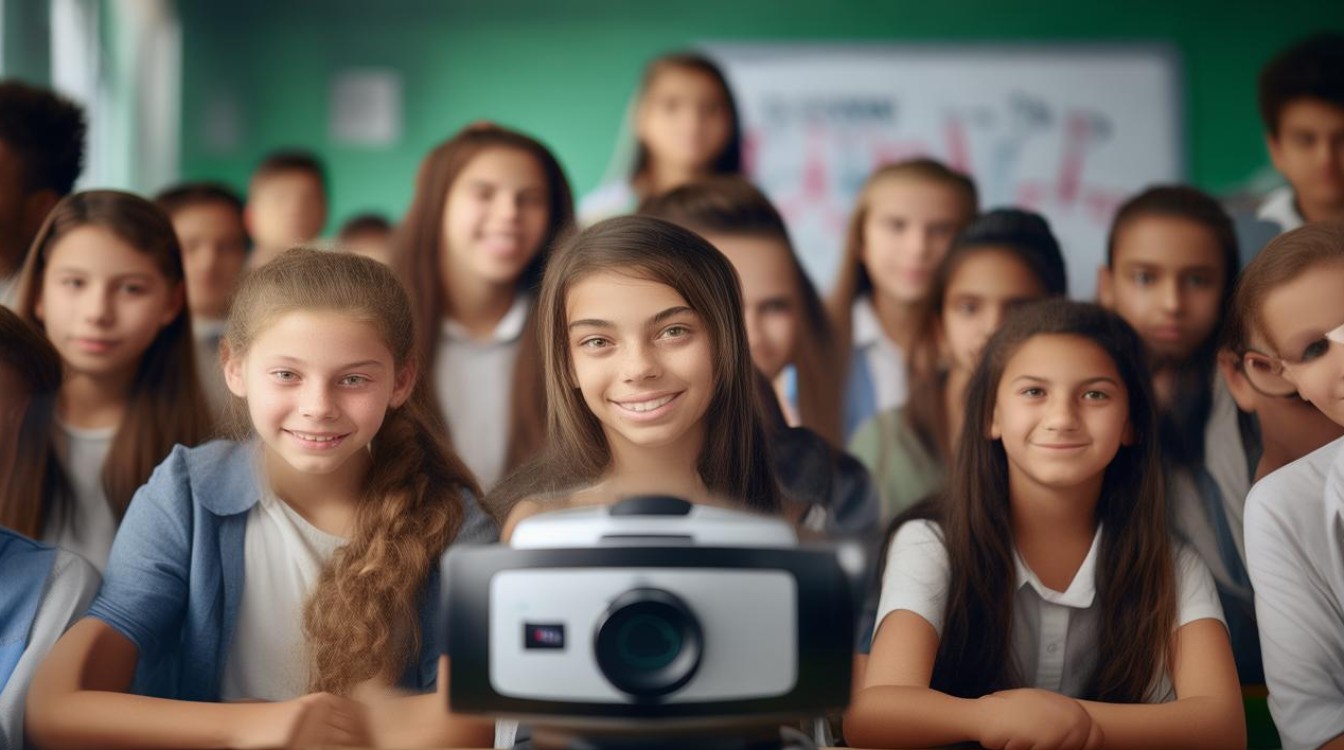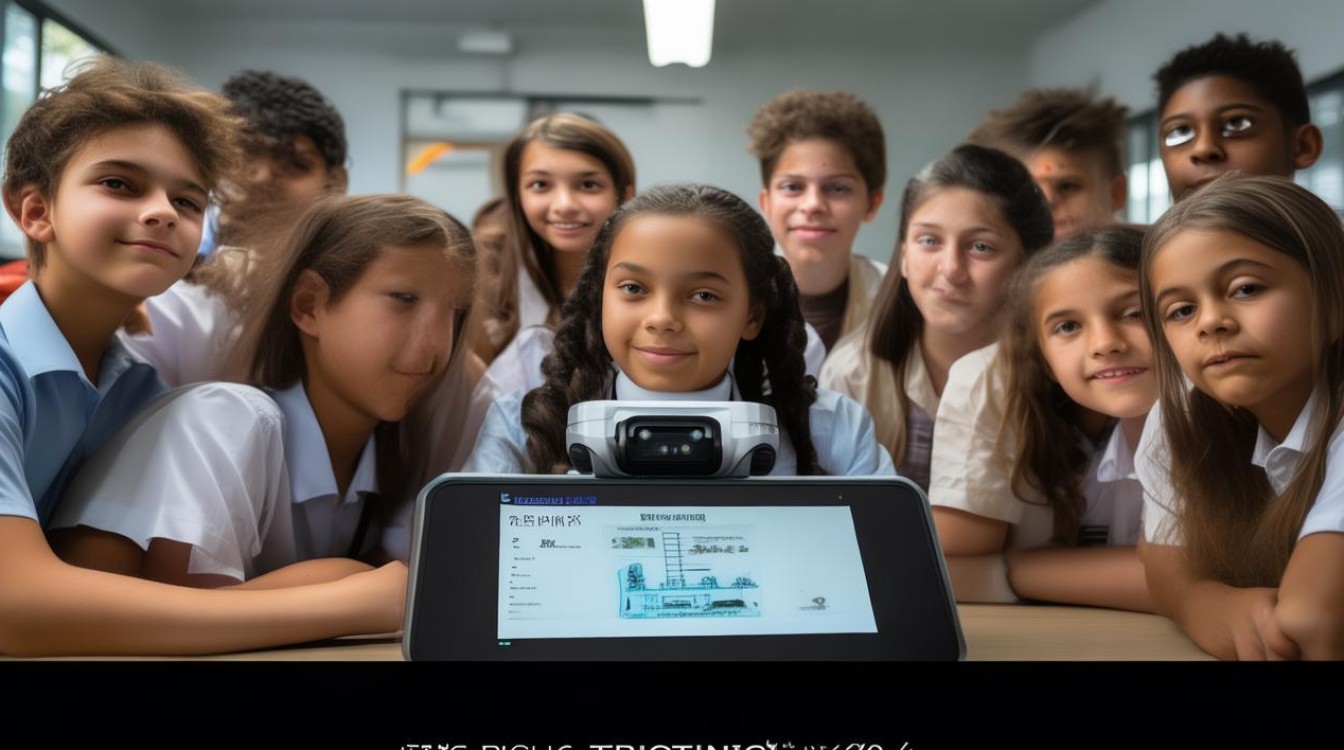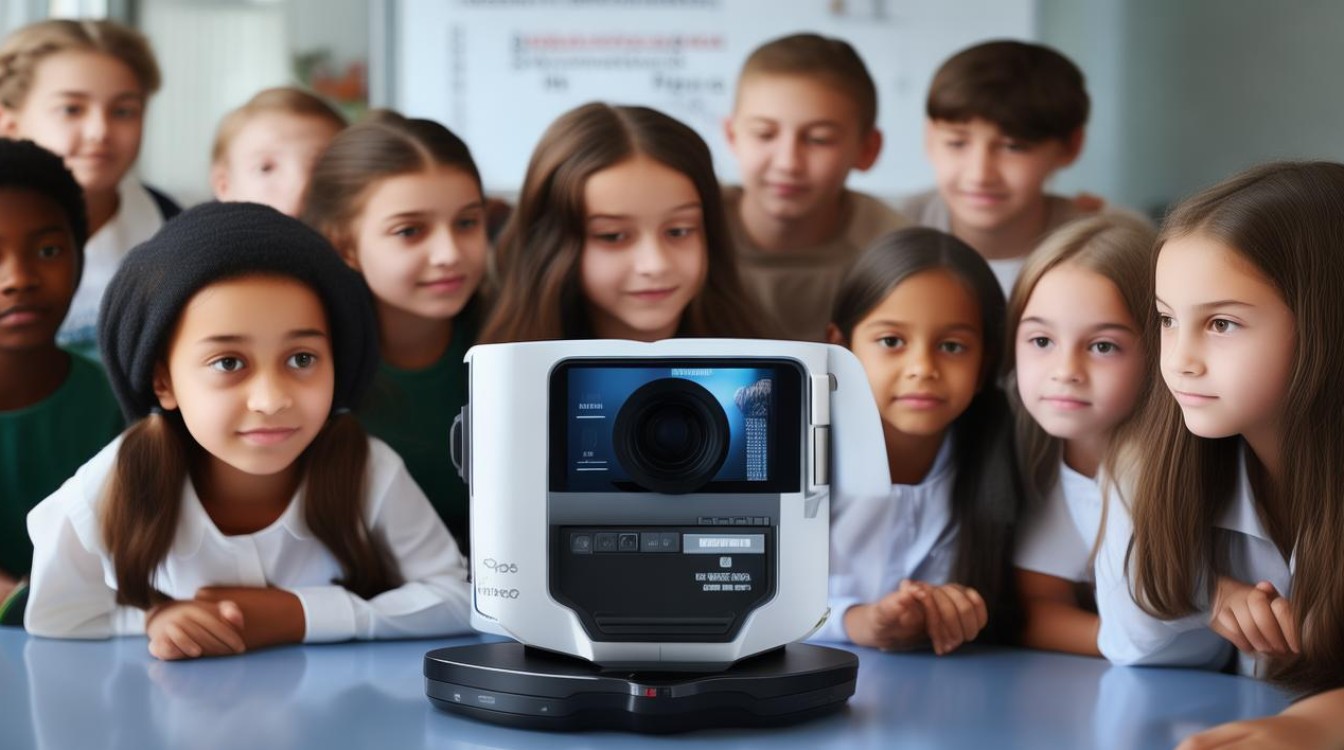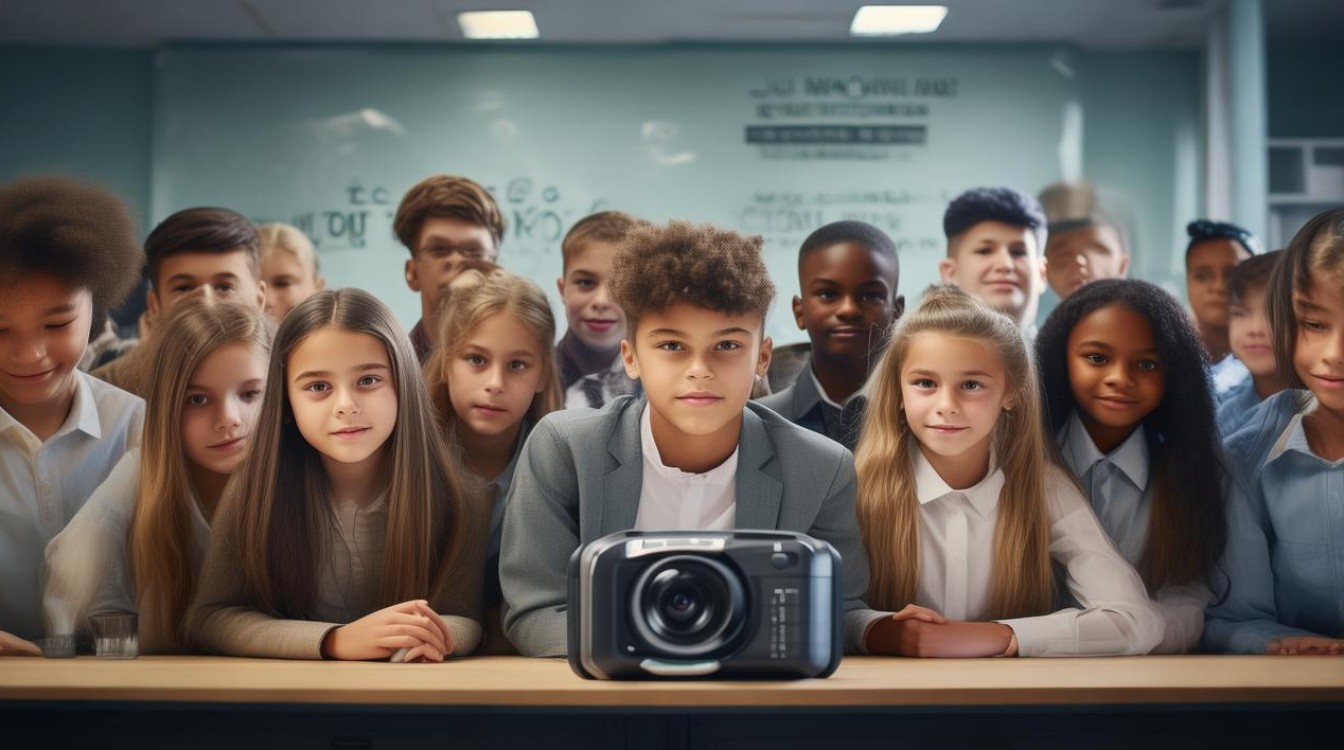In today’s digital age, mastering English has become essential for communication, career advancement, and global connectivity. One innovative way to enhance language skills is by utilizing camera technology. Whether through video calls, online courses, or interactive apps, cameras play a crucial role in modern English learning. This article explores how integrating cameras into language education can improve fluency, pronunciation, and cultural understanding.

Enhancing Pronunciation and Speaking Skills
One of the biggest challenges in learning English is achieving accurate pronunciation. Traditional methods rely heavily on textbooks and audio recordings, but cameras add a visual element that significantly improves retention. Video-based platforms like Zoom, Skype, and language exchange apps allow learners to observe native speakers’ mouth movements, facial expressions, and intonation patterns.
For instance, watching a teacher’s lips form words helps students mimic sounds more precisely. Recording oneself speaking and comparing it to native speakers’ videos also provides immediate feedback. This method is far more effective than merely listening, as it engages multiple senses, reinforcing memory and comprehension.
Interactive Learning with Video Lessons
Online education has revolutionized language learning, and cameras make lessons more interactive. Platforms such as YouTube, Coursera, and Duolingo offer video-based courses where instructors explain grammar, vocabulary, and conversational techniques. Unlike static text, videos create an immersive experience, making complex concepts easier to grasp.
Live tutoring sessions via camera further personalize learning. Teachers can correct mistakes in real time, adjust pacing based on student reactions, and use visual aids like slides or gestures to clarify meaning. This dynamic interaction keeps learners engaged and motivated, leading to faster progress.

Cultural Immersion Through Visual Media
Language is deeply tied to culture, and cameras provide a window into English-speaking societies. Watching movies, TV shows, or vlogs exposes learners to colloquial expressions, slang, and cultural nuances that textbooks often overlook. For example, British and American English differ not just in vocabulary but also in humor, etiquette, and body language. Observing these subtleties through video helps learners adapt their communication style appropriately.
Travel vlogs and documentaries also offer virtual immersion. Seeing how people interact in real-life settings—such as cafes, workplaces, or public transport—prepares learners for practical conversations. This exposure builds confidence and reduces the anxiety of speaking in unfamiliar environments.
Practical Applications in Daily Life
Cameras facilitate English practice beyond formal lessons. Video diaries, for instance, encourage learners to speak spontaneously about their day, improving fluency and self-expression. Social media platforms like TikTok and Instagram allow users to share short clips, receiving feedback from a global audience.
Additionally, video conferencing tools enable international friendships and professional networking. Joining virtual meetups or discussion groups provides authentic speaking practice, helping learners refine their skills in real-world scenarios. The ability to see and respond to others’ reactions makes these interactions more natural and effective.

Overcoming Challenges with Technology
While cameras offer numerous benefits, some learners face obstacles like shyness or technical limitations. However, gradual exposure can ease discomfort. Starting with recorded monologues before progressing to live conversations helps build confidence. Ensuring good lighting, clear audio, and a stable internet connection also enhances the experience.
Privacy concerns are another consideration. Choosing reputable platforms with strong security measures protects users’ data. Many language apps now include features like blurred backgrounds or pseudonyms to maintain anonymity while practicing.
The Future of Language Learning
As artificial intelligence and augmented reality advance, camera-based learning will become even more sophisticated. AI-powered apps can already analyze pronunciation, suggest corrections, and generate personalized exercises. Future developments may include real-time translation overlays or virtual reality classrooms, making English education more accessible and engaging.
Educators and learners alike should embrace these innovations. Combining traditional methods with camera technology creates a balanced approach, catering to different learning styles. The visual and interactive nature of videos ensures that language acquisition is not just theoretical but practical and enjoyable.

Mastering English opens doors to countless opportunities, and camera technology is a powerful tool in this journey. By leveraging video lessons, cultural content, and real-time interactions, learners can achieve fluency faster and with greater confidence. The integration of cameras into language education represents a significant step forward, making learning more dynamic, effective, and connected to the real world.
Embracing this approach ensures that students not only understand English but also use it naturally in everyday life. The future of language learning is visual, interactive, and deeply engaging—thanks to the humble camera.


